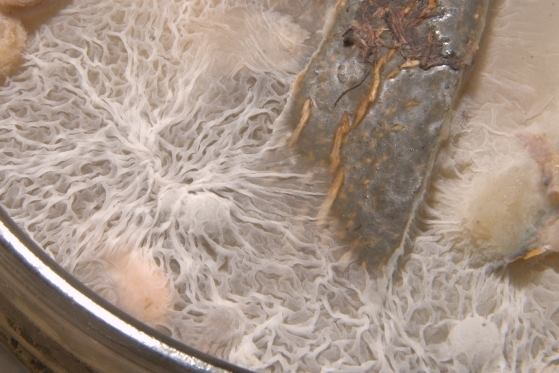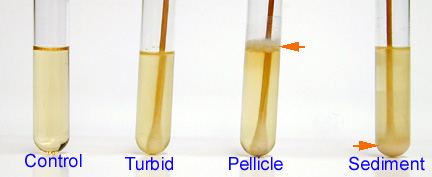LittleDabbie
Supporter
- 11,813
- 438
Ive noticed the more molasses i use the more foam i get, Ran 4 buckets each with the same style pumps and water just varying sugar contents and the one with the most molasses to 4 gallons of water went ape shit with foam ( good thing i kept the bucket inside a bin.. ) The one with the least molasses had little or no foam..
Dunno bout Alfalfa but im sure its about the same or causes more foam.
There is a few tricks for lids you can use that will just recycle the foam back into the water which is as seamaiden suggest the best option since that is food and all..
Dunno bout Alfalfa but im sure its about the same or causes more foam.
There is a few tricks for lids you can use that will just recycle the foam back into the water which is as seamaiden suggest the best option since that is food and all..







